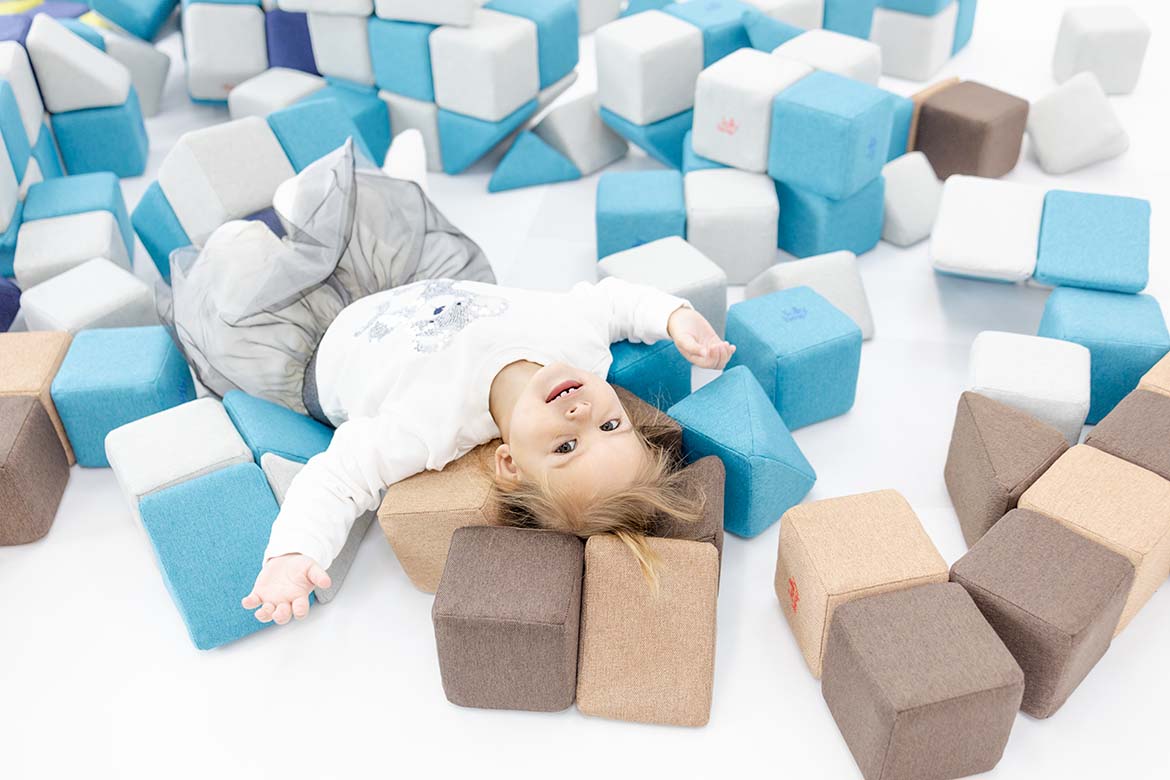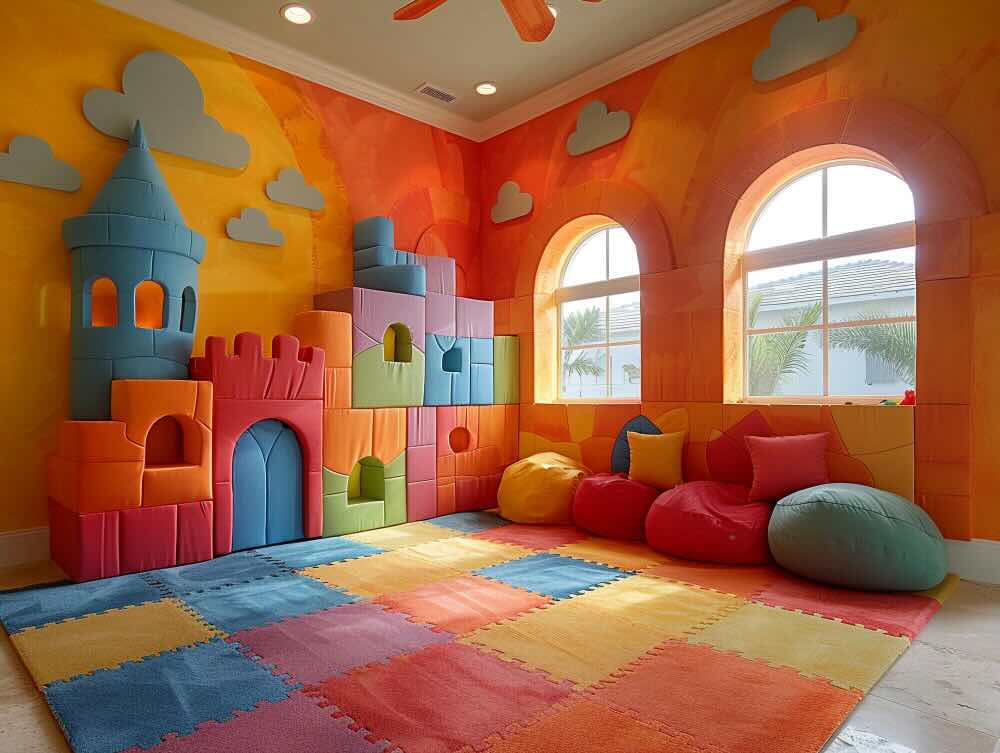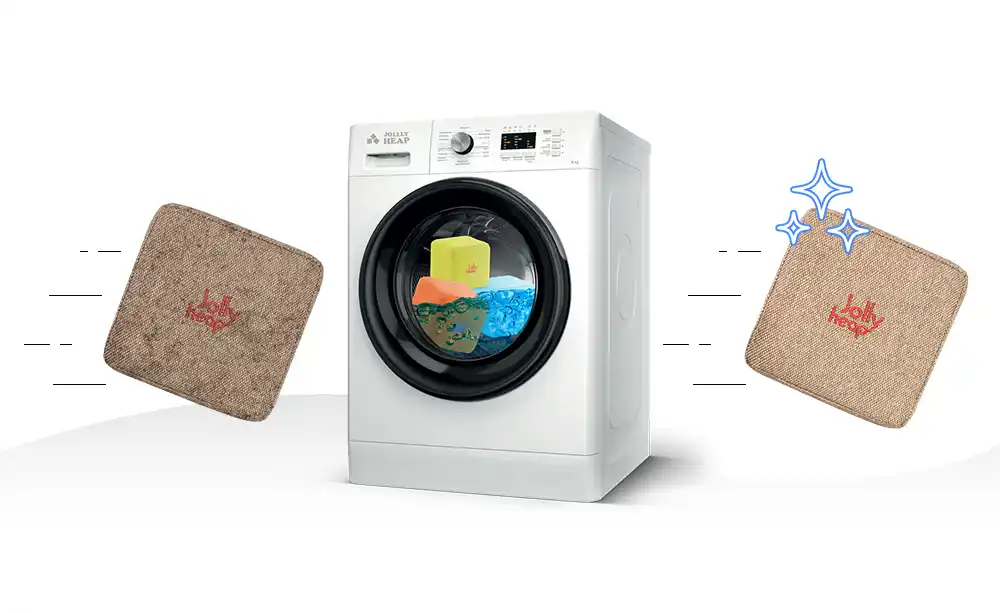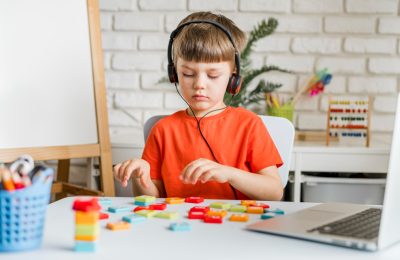How to Create a Safe and Fun Soft Play Area at Home
Creating a soft play area at home is not just about giving the kids a place to burn off some energy; it’s about crafting a safe and stimulating environment where they can explore, imagine, and grow. Whether you have a dedicated playroom or a small corner in your living room, setting up a soft play area can be both fun and beneficial. It promotes physical activity, enhances motor skills, and boosts creativity, all within the safety of your own home. Plus, with the right setup, you can keep your little ones entertained for hours, giving you some much-needed peace and quiet. Let’s dive into how you can create a safe and fun soft play area that will be a hit with your kids and provide you with peace of mind.

Table of Contents
Choosing the Right Materials
When creating a soft play area at home, the materials you choose are key to ensuring both the safety and enjoyment of your little ones. From soft, plush surfaces to sturdy, supportive structures, selecting the right components can make a world of difference.
Selection of Soft Play Equipment
Begin by choosing equipment that’s specifically designed for indoor use. Lightweight foam blocks, such as JollyHeap blocks, are a fantastic option. These magnetic soft play blocks encourage creative building and are easy for little hands to maneuver. Additionally, look for soft mats, foam climbers, and padded play tunnels. When selecting these items, prioritize materials that are non-toxic and hypoallergenic to keep your children’s play environment safe and healthy.
Safety Considerations for Materials
Safety should always be your top priority. Ensure all materials used are fire-resistant and free from sharp edges or small parts that could pose a choking hazard. The fabrics should be easy to clean and durable enough to withstand rough play. Moreover, double-check that all products meet safety standards set by relevant child safety organizations.
Setting Up the Soft Play Area
After choosing the right materials, next up is setting up your soft play area in a way that maximizes fun while minimizing risks. With thoughtful design and layout, you can create a space that children will spend hours exploring.
Design and Layout Tips
· Designate a Specific Area: Select a space in your home that is away from hard furniture and potentially dangerous items. Ideally, this area should be easily visible so you can keep an eye on the kids as they play.
· Think about Flow: Organize the play area so that there is a clear and safe path for children to move from one activity to another. This minimizes the risk of bumps and falls.
· Use Soft Flooring: Place thick, soft mats or interlocking foam tiles over the entire play area. This provides a cushioned surface that’s gentle on little knees and hands.
Incorporating Interactive Elements
To keep children engaged, incorporate interactive elements into the soft play area. Use a variety of textures and colors in your selection of mats and equipment to stimulate their senses. Elements such as ball pits, activity walls, and soft play shapes that can be stacked or arranged in different configurations encourage imaginative play and promote physical development.
Importance of Proper Cushioning
Proper cushioning is crucial in a soft play area. It not only prevents injuries from falls but also makes the space comfortable for children to sit, crawl, or lay down on. Ensure that all areas, especially those under and around climbing structures, are well-padded. Pay extra attention to corners and edges, using soft foam padding to cover any sharp angles.
In conclusion, creating a safe and fun soft play area at home requires thoughtful selection of materials, careful planning of the layout, and incorporating elements that appeal to children’s sense of adventure and curiosity. By following these guidelines, you can provide a delightful indoor playground where your kids can play, learn, and grow in a secure environment.
Safety Measures
Ensuring the safety of a home soft play area is paramount. By implementing strict safety protocols, parents can create a secure environment where children can explore and play without the risk of injury. Let’s delve into some essential safety measures every parent should consider.

Regular Safety Inspections
Routine checks are crucial to maintaining a safe play environment. Weekly, take a moment to inspect each piece of equipment for signs of wear and tear. Look for sharp edges, loose parts, or any damage that could pose a risk to children. Materials should be non-toxic and free from hazards such as small, detachable parts that could be swallowed. Additionally, make sure the play area’s surface is still providing adequate cushioning to protect against falls.
Childproofing the Area
Childproofing goes beyond the play equipment. Scan the entire play area for potential hazards. Cover electrical outlets, secure heavy furniture or decor that could topple over, and ensure the space is free from small objects that could be choking hazards. If your soft play area is near windows, consider installing window guards or safety netting to prevent accidental falls. The goal is to create an environment where children can roam freely without coming into harm’s way.
Guidelines for Supervision
While a well-designed play area can significantly reduce the risk of accidents, adult supervision is non-negotiable. Always have an adult present to monitor the play. However, it’s also important to strike a balance between close supervision and allowing children the freedom to explore. Establish clear rules for the play area and communicate them effectively to your children. Encourage safe play practices such as taking turns and using indoor voices to create a harmonious play environment for everyone involved.
Creating a Stimulating Environment
The design of your home soft play area should cater not only to physical activity but also to the cognitive and emotional development of children. Let’s explore how to enrich your play area with stimulating educational and imaginative components.
Adding Educational Elements
Introduce educational elements into your play area to stimulate young minds. This can be achieved with items like JollyHeap blocks, which are not only safe and durable but also encourage cognitive skills such as sorting, stacking, and color recognition. Including puzzles, easy-to-read books, and interactive games can also add a fun learning dimension that keeps children engaged and excited about discovering new things.
Incorporating Imaginative Play Concepts
Imaginative play is crucial for the development of creative thinking and problem-solving skills. Enhance your soft play area with costumes, playhouses, or themed setups that encourage role-playing.
A jungle gym can be a castle, a spaceship, or a pirate ship with just a bit of imagination. Spaces that are versatile and can be adapted to various scenarios will keep the play area fresh and intriguing. Providing props and accessories that align with different themes can also help spark children’s creativity, allowing them to delve into worlds of their own making.
Creating a safe and fun soft play area at home requires attention to both safety measures and the developmental needs of children. By conducting regular safety inspections, childproofing the space, adhering to supervision guidelines, and enriching the area with educational and imaginative elements, parents can provide a stimulating environment that fosters growth and joy for their little ones.
Maintenance and Cleaning
Creating a safe and fun soft play area at home isn’t just about the initial setup; it’s also about maintaining and cleaning the equipment to ensure it remains a safe and inviting space for kids. Here are some tips to keep in mind to maintain the quality and safety of your home play area.
Storing Soft Play Equipment
Proper storage can significantly extend the life of your soft play items. When the equipment is not in use, store it in a clean, dry place away from direct sunlight, as UV rays can weaken and fade the materials over time.
If space allows, keep items flat or properly supported to avoid bending or creasing. For inflatable items, ensure they are fully deflated and dry to prevent mold and mildew buildup. Adhering to these storage tips will help keep your soft play area safe, clean, and enjoyable for years to come.
Regular Cleaning Procedures
Keeping your soft play area clean is crucial for the health and safety of the children using it. Start by vacuuming the surface of your play mats, jollyheap blocks, and any fabric-covered items to remove dust and small particles.
For spills and stains, use a mild soap solution and a damp cloth, making sure to completely air dry the area before allowing children to play on it again. Avoid harsh chemicals as they may damage the materials or leave harmful residues. Additionally, consider setting rules such as no food or drinks in the play area to minimize messes.

Cleaning JollyHeap blocks is easy – just toss them in the washing machine.
Conclusion
Setting up a safe and fun soft play area at home is more than just a way to keep your kids entertained. It’s about creating a space where their imaginations can run wild, their bodies can stay active, and their safety is always paramount.
With thoughtful planning, appropriate safety measures, and some creative touches like JollyHeap blocks, you can easily transform a corner of your home into a haven of joy and exploration for your little ones.
Remember, the goal isn’t just to fill space with toys but to design an environment that stimulates and nurtures their developing minds and bodies.
By following the tips we’ve discussed, from choosing the right location and ensuring the play area is well-padded to selecting age-appropriate toys and keeping the area clean, you’re setting the stage for countless hours of safe, engaging play.
The efforts you put into crafting this special space won’t just be appreciated in the glowing smiles and bursts of laughter; you’re also laying the groundwork for healthy, active, and imaginative development.
Whether it’s a rainy day or simply a quiet afternoon, having a dedicated soft play area means your kids have a treasure trove of activities right at their fingertips. It’s a wonderful way to encourage play that’s both fun and beneficial, all within the safety and comfort of your home. So, roll up your sleeves, let those creative juices flow, and get ready to create unforgettable memories in your very own home play area.


